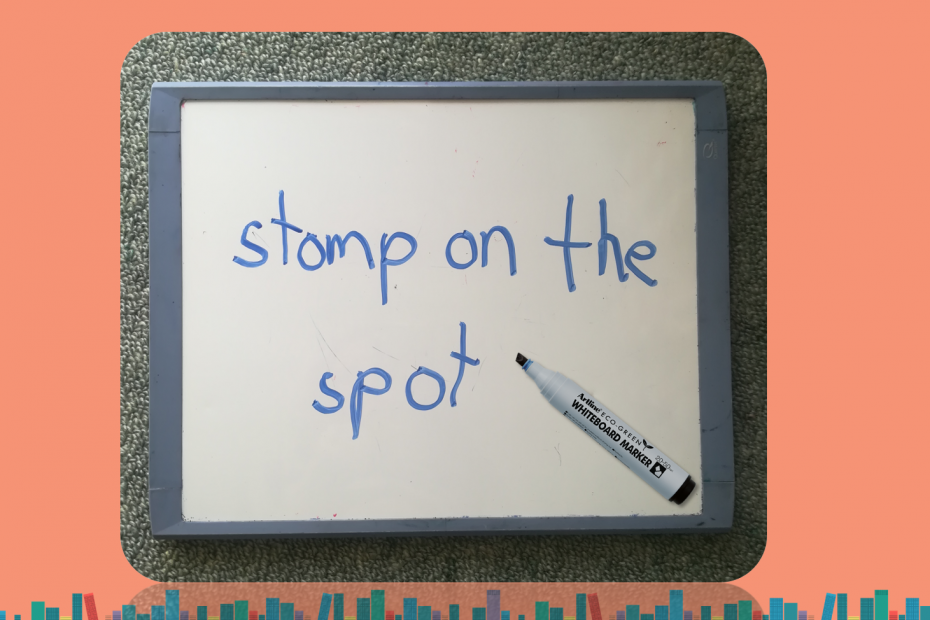A super-teacher 🤸♀️I know asked me a marvellous question last week:
“Reading science tells us to teach blends as separate sounds. But how does that stand true in the case of ‘DR’ sounding more like a ‘J’. In the word ‘drop’ we totally don’t say ‘d-rop’. I feel like the reading science people don’t ALWAYS get it right. Perhaps there is a reason to teach blends as blends? (Sometimes!).”
I intended to make a 5 minute video to answer her question, and it turned into half an hour… If you know me, you’ll understand why 😆Plenty of demonstration of practical strategies in this one, again starring some mini Sound Foundations members 👫.
Enjoy, learn, discuss and share 🚀 Then come back and tell me what you think, and ask me more questions⁉️
Here it is:

This is super helpful, thank you for making such a thoughtful video demonstrating what teaching blending looks like.
Thank you! I am so glad you have found it useful.
I’ve been having the same kind of question with that teacher you know but more about the “nk” ending sound. I have taught my group blending, but these two sounds, when read aloud, sound more like “ngk”, which some of my kids struggle to understand and hence they would write “singk, tangk” instead of “sink, tank”. What should I do?
This is a great question! Your students are writing down the sounds they hear and feel themselves making in those words – because of co-articulation, we do pronounce ‘sink’ as /singk/ as you point out. Many programs / approaches teach the spelling as special spelling patterns – ‘welded sounds’ (see Orton Gillingham, and Read Write Inc as examples), paying careful attention to how it sounds, and how the letters represent those sounds. “In this word, we write down the /ng/ sound right before the /k/ with the letter .”
Thank you, I will look into it.